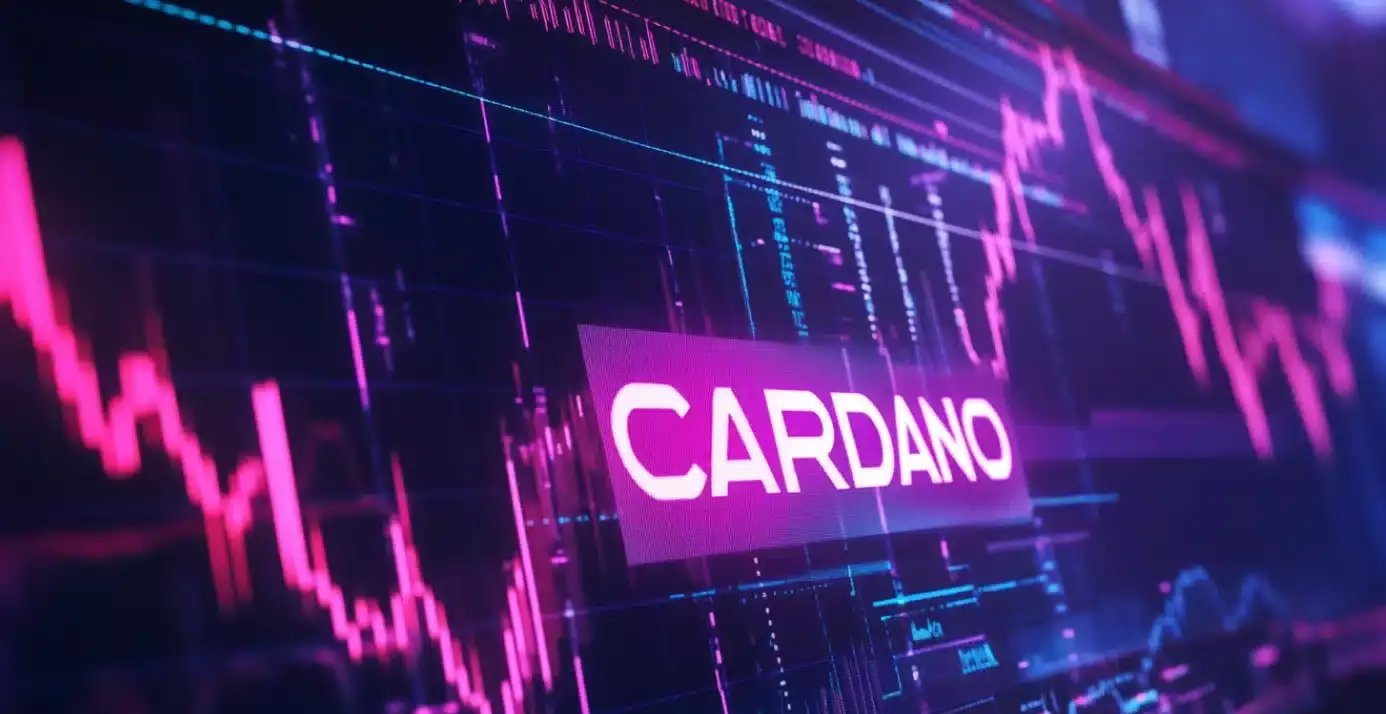In the ever-evolving landscape of cryptocurrencies, Cardano (ADA) has recently showcased remarkable resilience, experiencing a price increase for the third consecutive day. As part of a broader recovery in the crypto market that has seen the total market capitalization surge to an impressive $3.7 trillion, Cardano’s price reached $1.10, marking its highest point since January 7. This resurgence places ADA approximately 43% above its December lows, a significant movement that invites both optimism and scrutiny. Currently, Cardano boasts a market cap of $35 billion, illustrating its standing as a formidable player in the crypto arena.
However, despite this positive momentum, Cardano faces substantial challenges that may hinder its growth compared to its competitors. An emerging discourse highlights three key factors that could propel ADA’s value by as much as 50% in the near future.
One of the primary concerns regarding Cardano is its comparatively underdeveloped ecosystem. While other cryptocurrencies like Solana or Sui have cultivated a flourishing array of decentralized finance (DeFi) applications, Cardano’s offerings appear limited. The platform currently hosts only 34 DeFi applications, collectively securing a total value locked (TVL) of $553 million. This disparity becomes even more evident when examining trading volumes; for instance, Minswap, Cardano’s leading decentralized exchange (DEX), handles less than $10 million in daily transactions. In stark contrast, Solana’s Raydium processes over $2 billion daily, underscoring the need for Cardano to expand its transaction capabilities and attract a larger user base.
Nevertheless, there are forthcoming developments poised to invigorate Cardano’s ecosystem. The integration of BitcoinOS and the anticipated launch of the Midnight zero-knowledge (ZK) platform emit a sense of optimism within the community. These initiatives could potentially unlock colossal assets for Cardano, enhancing its operational capabilities and drawing in talented developers keen to innovate on the platform.
External catalysts also play an essential role in shaping Cardano’s price trajectory. Recent deliberations around exchange-traded funds (ETFs) by the U.S. Securities and Exchange Commission (SEC) have raised expectations within the industry. Traders on platforms like Polymarket predict forthcoming approvals for Ripple (XRP) and Solana (SOL) ETFs, and analysts from banking giant JPMorgan speculate these developments could lead to billions in capital inflows into these asset classes. If such ETF approvals come to fruition, they could pave the way for Cardano to establish its own ADA ETF. Given Cardano’s robust market capitalization of over $35 billion and its origin as an American crypto project, approval of an ADA ETF could magnetize substantial institutional investment, providing further fuel to its price growth.
Aside from fundamental and ecosystem strengths, Cardano’s technical indicators paint a bullish picture for the cryptocurrency. A review of its daily charts reveals the formation of a bullish flag pattern, characterized by a pronounced flagpole followed by a period of consolidation. This pattern often presages strong bullish breakouts, reminiscent of XRP’s recent performance when it formed similar bullish structures. Moreover, Cardano has developed an inverse head and shoulders pattern, a commonly recognized indicator of a bullish reversal.
Additionally, the cryptocurrency’s price behavior is reinforced by crucial moving averages, such as the 50-day and 100-day MA. These technical supports, complemented by an MVRV (Market Value to Realized Value) ratio of 2.5—indicating the asset remains undervalued—further bolster the argument for a potential price escalation. Should market conditions align optimally, statements suggest ADA’s value could leap by 50%, targeting a level as high as $1.60—perfectly coinciding with the 50% retracement mark on the weekly chart.
While the current trends suggest an optimistic outlook for Cardano, it is essential to remain cognizant of both the competitive landscape and the internal ecosystem dynamics. If Cardano can effectively harness the momentum generated by imminent technological innovations and external market forces, it stands poised for substantial growth. Conversely, the limitations of its current ecosystem cannot be overlooked. Investors and enthusiasts must tread carefully, balancing enthusiasm with the reality of Cardano’s ongoing developmental journey in a competitive cryptocurrency environment.

